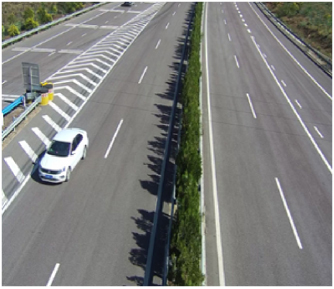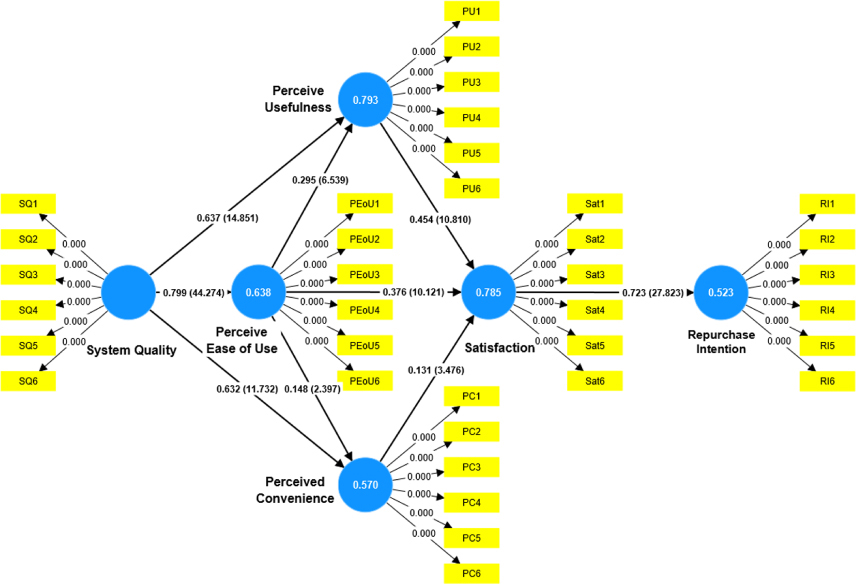
In recent years, deep learning has achieved excellent results in several applications across various fields. However, as the scale of deep learning models increases, the training time of the models also increases dramatically. Furthermore, hyperparameters have a significant influence on model training results and selecting the model’s hyperparameters efficiently is essential. In this study, the orthogonal array of the Taguchi method is used to find the best experimental combination of hyperparameters. This research uses three hyperparameters of the you only look once-version 3 (YOLOv3) detector and five hyperparameters of data augmentation as the control factor of the Taguchi method in addition to the traditional signal-to-noise ratio (S/N ratio) analysis method with larger-the-better (LB) characteristics.
Experimental results show that the mean average precision of the blood cell count and detection dataset is 84.67%, which is better than the available results in literature. The method proposed herein can provide a fast and effective search strategy for optimizing hyperparameters in deep learning.

Physicians attempt to detect different colonic polyps at the same time during endoscopy inspection. A deep-learning-based object detection method is proposed to aim at the problem of simultaneous detection of different colonic polyps. This study used a single-shot detector (SSD) with a Resnet50 backbone, called the SSD-Resnet50 model, to detect two types of colonic polyps, which are adenomas and hyperplastic polyps, in endoscopic images. The Taguchi method was used to optimize algorithm hyperparameter combinations for the SSD-Resnet50 model to promote the detection accuracy of colonic polyps. The SSD-Resnet50 model along with its optimized algorithm hyperparameters was employed for simultaneous detection of two types of colonic polyps. The experimental findings revealed that the SSD-Resnet50 model achieved an average mAP of 0.8933 on a test set comprising 300 × 300 × 3 images of colonic polyps. Notably, the detection accuracy attained with the SSD-Resnet50 model and its optimized algorithm hyperparameters, derived from the Taguchi method, surpassed that of the SSD-Resnet50 model and its algorithm hyperparameter combination obtained from the Matlab example. Additionally, the SSD-Resnet50 model achieved higher detection accuracy compared to the SSD-MobileNetV2, SSD-InceptionV3, SSD-Shufflenet, SSD-Squeezenet, and SSD-VGG16 models. The proposed SSD-Resnet50 model with its optimized algorithm hyperparameters had higher accuracy in detecting the adenomas and hyperplastic polyps in endoscopic images at the same time.